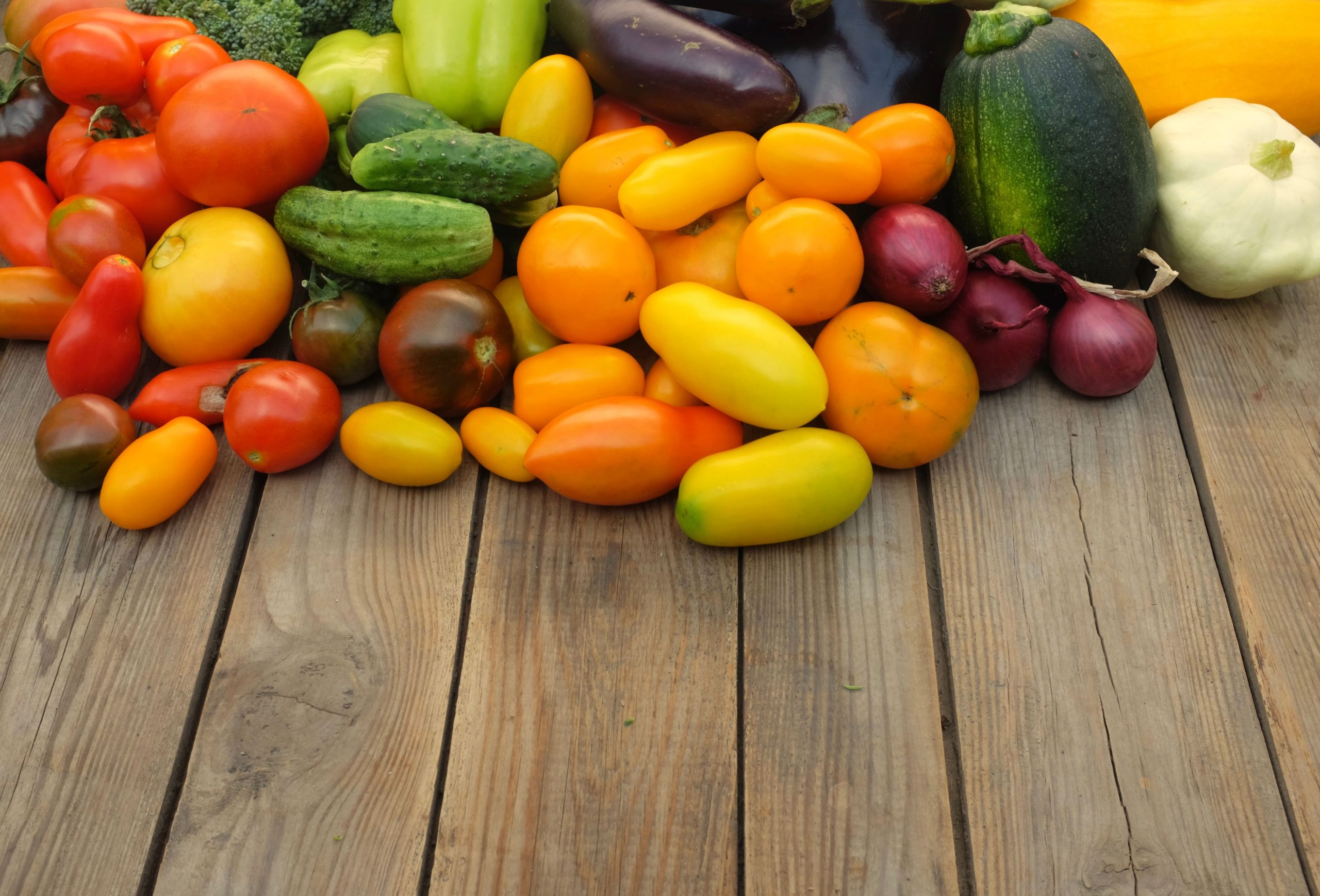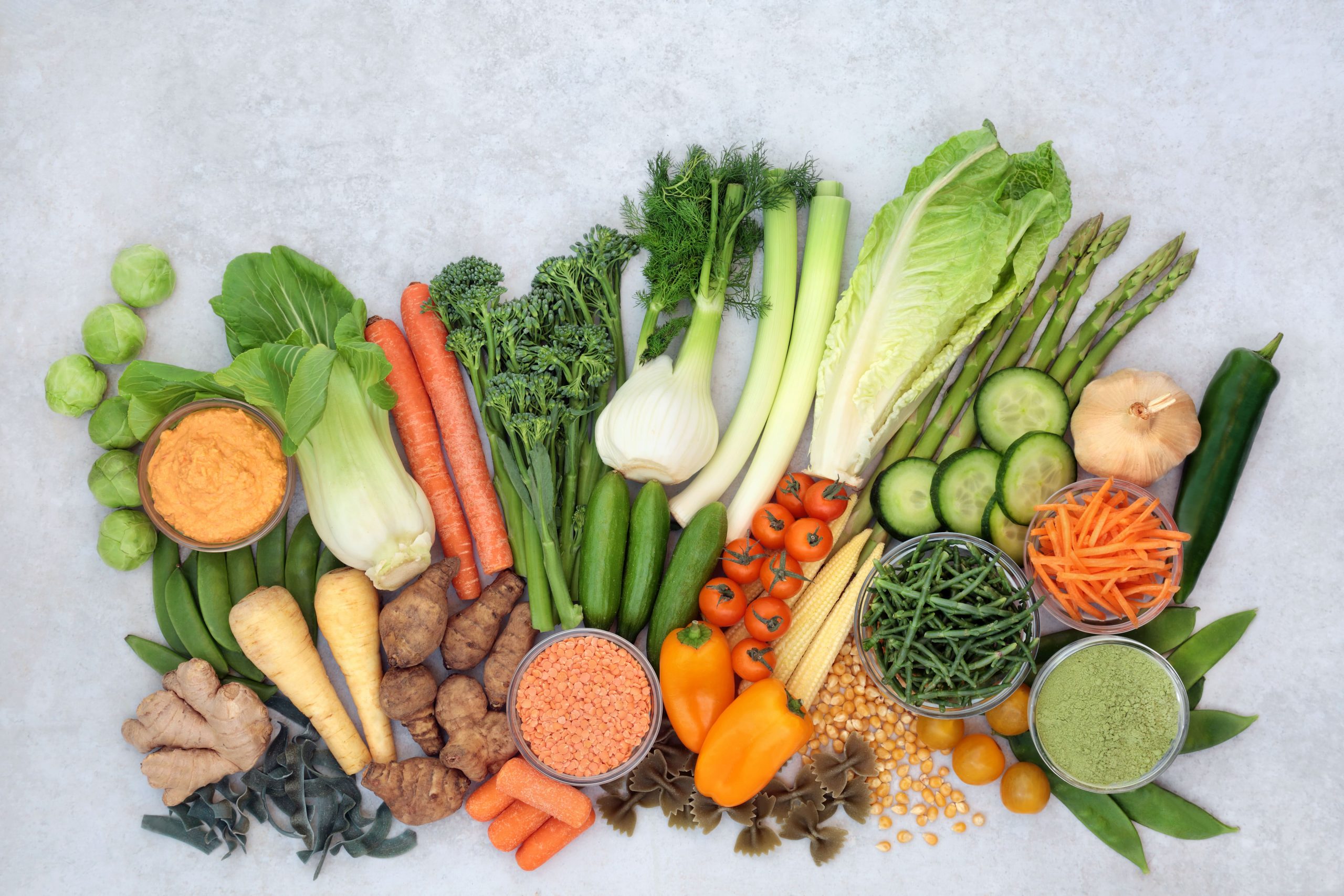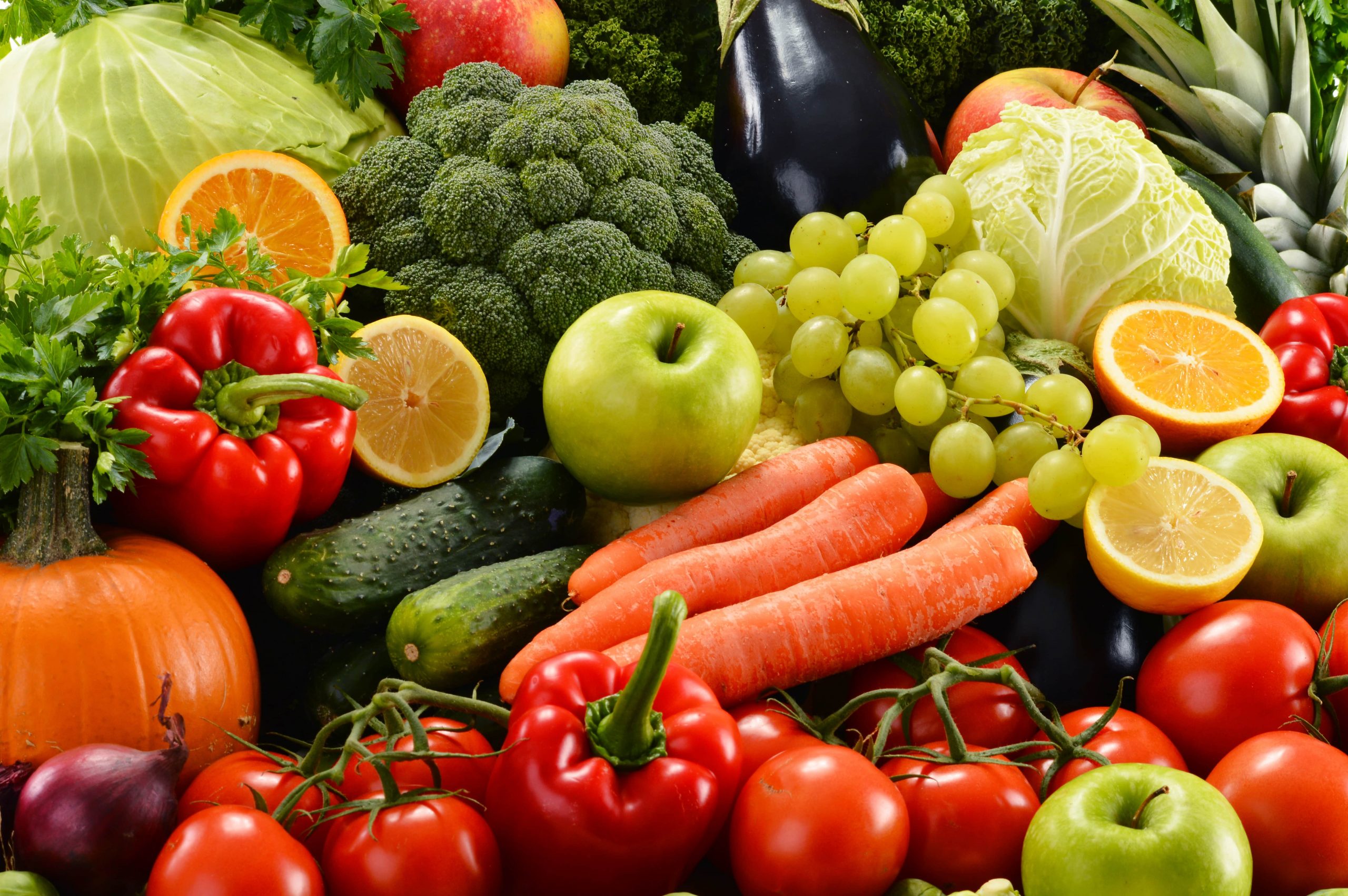Starchand non-starchy vegetables contain desirable amounts of fiber, vitamins and minerals. Even so, each of them has advantages and downsides. Find out which one works for you below.
All vegetables play a significant role in the body, from providing general good health, protection against diseases,and many other benefits. You must have heard rumors about some vegetables being healthier than others and wondered what makes some types more beneficial than others. After all, they all provide the body with the same nutrients. When it comes to vegetables, they’re divided into two, starchy and non-starch. The criteria used for this distinction is the number of carbs in each vegetable. With the different opinionsabout these two types, it can be challenging to judge the right option. So, starch vs. non-starch, which is better?
Understanding Starch and Non-Starchy Vegetables
Starch is the heavy carbohydrate in the diet. It’s considered a complex carb because of its sugar molecules. Non-starchy, on the other hand, contains small amounts of starch.
Examples of starchy vegetables
- Kidney, black, pinto, and cannellini beans
- Chickpeas
- Corn
- Pea
- Potatoes
- Sweet potatoes
- Yams
Examples of non-starchy
- Asparagus
- Broccoli
- Cabbage
- Cucumber
- Eggplant
- Mushroom
- Tomato
- Spinach
Similarities between starchy and non-starchy
Rich sources of nutrients
As long as you take enough vegetables, you can be sure of getting wholesome nutrients. Both starchy and non-starchy are great providers of nutrients in the body. They provide potassium, vitamin K, magnesium, and foliate. These minerals and vitamins are essential for bones, the heart, and even pregnant women. They also have iron, zinc, and antioxidants like Vitamin C and E, which protect cells from free radicals and oxidative stress. Moreover, they manage aging effects and offer protection against life-threatening illnesses like heart diseases, diabetes, and cancer.
Rich sources of fiber
High amounts of fiber are ashared similarity of starchy and non-starchy vegetables. This fiber enhances regular bowel movements. It also protects individuals from digestive issues like inflammatory bowel disease, reduces the bad cholesterol in the body, and maintains healthy blood pressure. So whether starchy or non-starchy, all vegetables will provide fiber which will help your overall health.
Is non-starchy healthier than starchy
Although both of them prove to be healthy, non-starch may have more benefits than starchy. Some starchy vegetables like potato and corn have high levels of starch, which may have unhealthy effects. They have high amounts of carbs and calories, and these are the major threats to maintaining a healthy body. Starch contains 3-4 times more carbs than what non-starchy versions have. If you’re aiming for a low-carb diet or have diabetes, you may have to take a non-starchier and limit your starchy consumption. They raise high blood pressure faster than non-starchy. When it comes to calories, starchy can go up to 6 times more than non-starchy vegetables. So, if you’re determined to shed some weight, be mindful of the portion of starchy you have in your meal, along with the cooking method you’ll use. The best meal preparation is boiled, roasted, baked, or steamed-they’ll help avoid unnecessary weight gain.
How to select fresh starch or non-starchy vegetables
At all times, the vegetable’s appearance and texture should be your main focus before buying them. High-quality and fresh varieties are young and brightly colored. Unfresh vegetables lose their crispness, look limp, and have reduced levels of flavor and nutrients-avoid such types.Vegetables grow close to the ground, so expect them to look dirty. Anytime you see vegetables that have soil on their parts, go for those because they’re the freshest among them all.
How to store starchy and non-starchy vegetables
Vegetables that have stayed for too long have poor texture, unpleasant taste, and fewer nutrients. Quality in vegetables drops very fast, so it’s safe to consume them as soon as you buy them or ensure you store them safely if they are for later consumption. Some lose their quality immediately after they’re picked from the farm. Ensure you store the vegetables in a cool, dry, dark place. For those that are refrigerator-friendly, please place them in covered containers before you refrigerate them. Doing so prevents them from drying. When storing peeled or cut vegetables, cover them tightly to protect them from discoloration.
What can make your starchy or non-starchy vegetable lose its nutrients?
Both starchy and non-starchy vegetables are rich sources of minerals and vitamins. These two nutrients easily dissolve in water. Avoid exposing vegetables to water before cooking or cooking them in large amounts of water because it snatches almost all the nutritious vitamins and minerals. Other causes for nutrients loss include; extreme temperatures, prolonged cooking time, alkali food additives like baking soda, and too much exposure to oxygen.
What colors dostarchy and non-starchy vegetables have?
Vegetables have different colors, which behave differently when cooked. The main colors include;
Red vegetables
Beets and red cabbage fall in this category. The source for their red pigment is a substance known as anthocyanins. They are highly reactive to acids and alkalis. While preparing thisvariety, you may have to limit the amounts of lemon, tomatoes, or any other acid ingredient you may want to add. Also, cook with little water to avoid taking away the anthocyanins, which quickly dissolve in water.
White vegetables
In this category, we have potatoes, zucchini, cucumbers, cauliflower, and onions. Their cooking period is short because they tend to lose nutrients, flavor, and color quickly.
Yellow and orange vegetables
Here we have carrots, corn, sweet potatoes, and tomatoes, among others. They’re tolerant to acids and heat.
Green vegetables
This category accommodates most of the starchy and non-starchy vegetables. They include peas, asparagus, broccoli, and spinach. Its quality is easily affected by acids like lemon, vinegar, or baking soda. But they’re the healthiest compared to the rest.
Conclusion
Whether starchy or non-starchy vegetables are your favorite, be sure to experience wholesome nutritional benefits. Starchy may be considered unhealthy because of the high amounts of carbs. Still, they’re rich sources of important nutrients and fiber. Non-starchy vegetables have low starch levels, making them suitable for individuals trying to maintain a healthy weight. It would help if you had both types of vegetables, so make sure you take different vegetable types to meet your body’s requirements.
- How Long Should You Bake a Boneless Chicken Breast? - April 19, 2024
- How HØJ Became the New High - June 10, 2023
- “Sahyog-Care for You”: Empowering Communities and Creating Lasting Change - June 10, 2023









